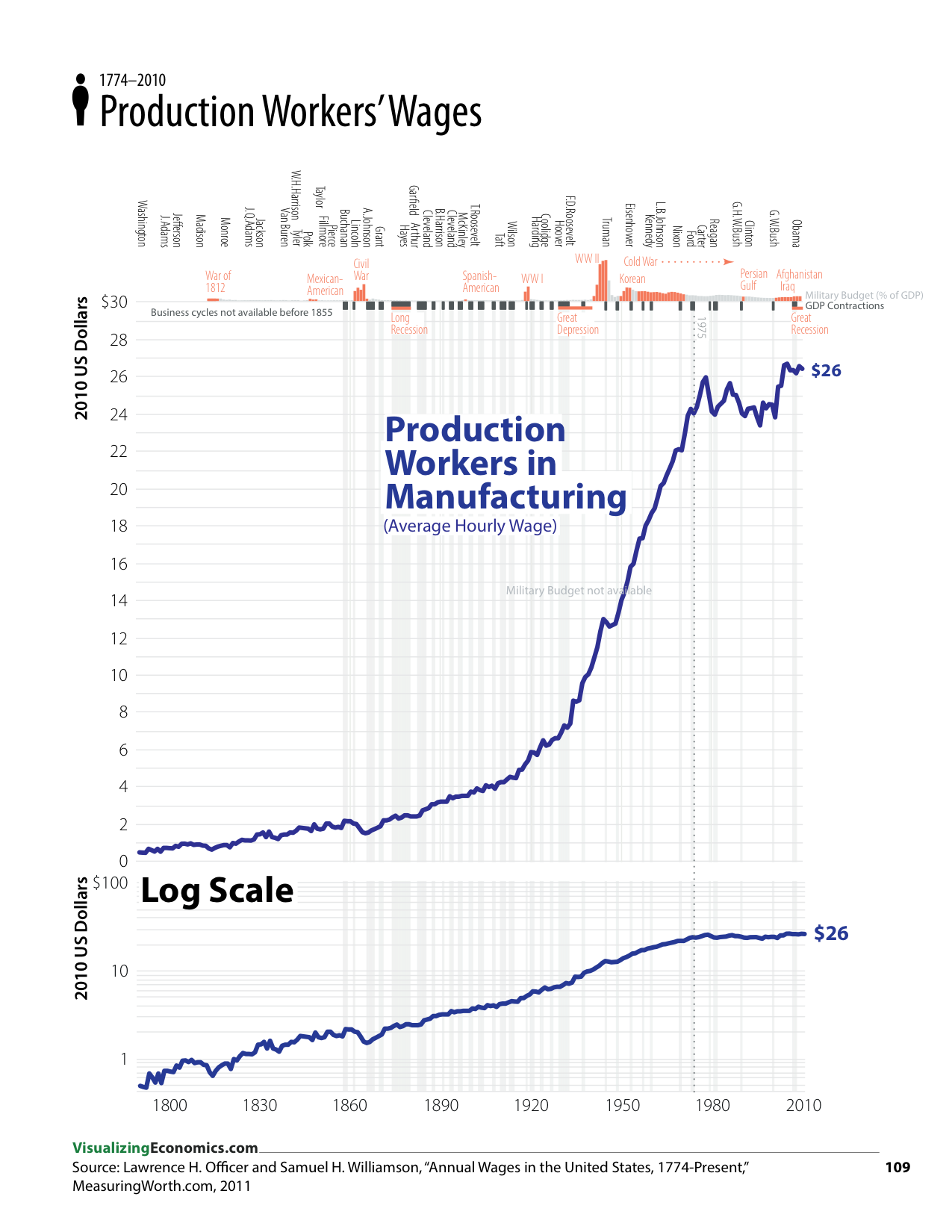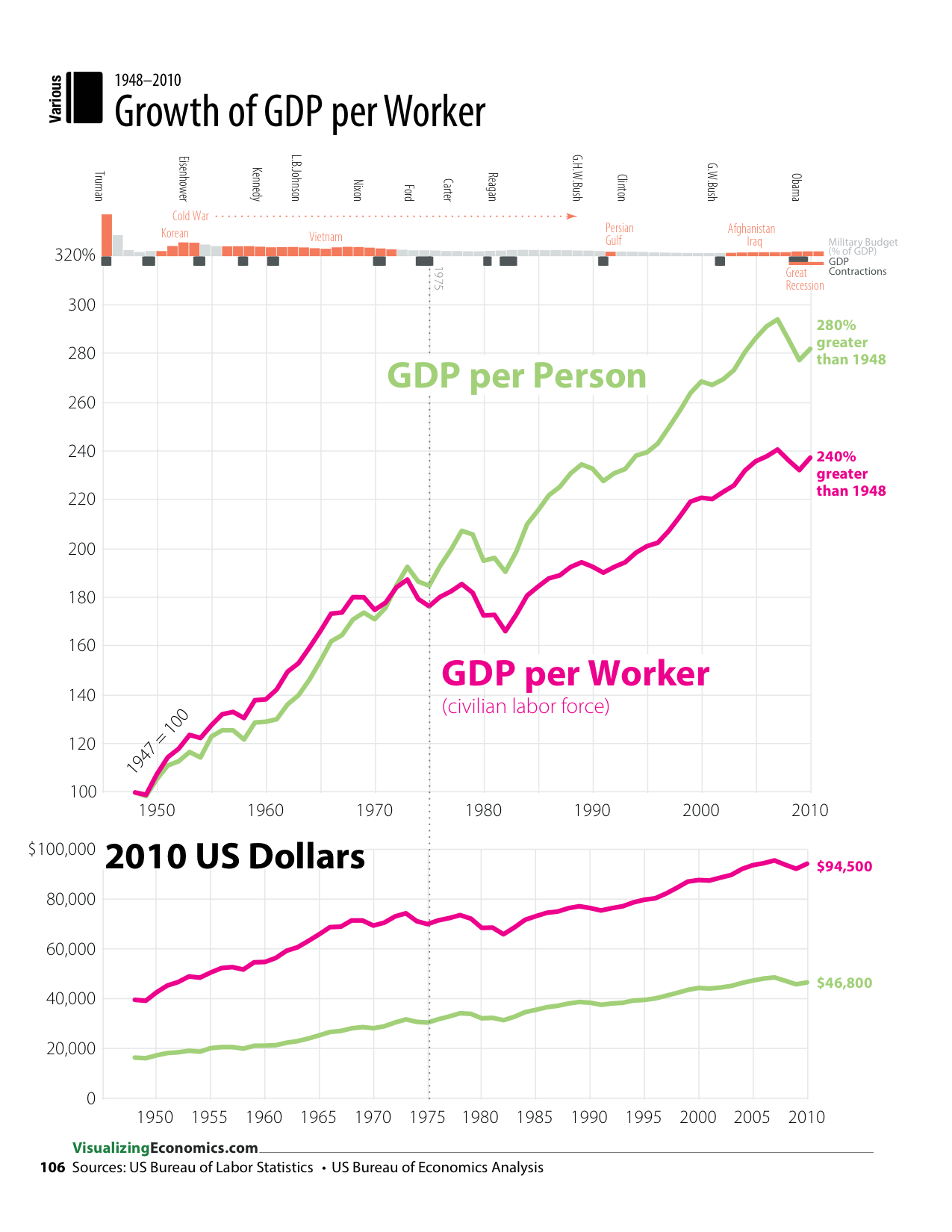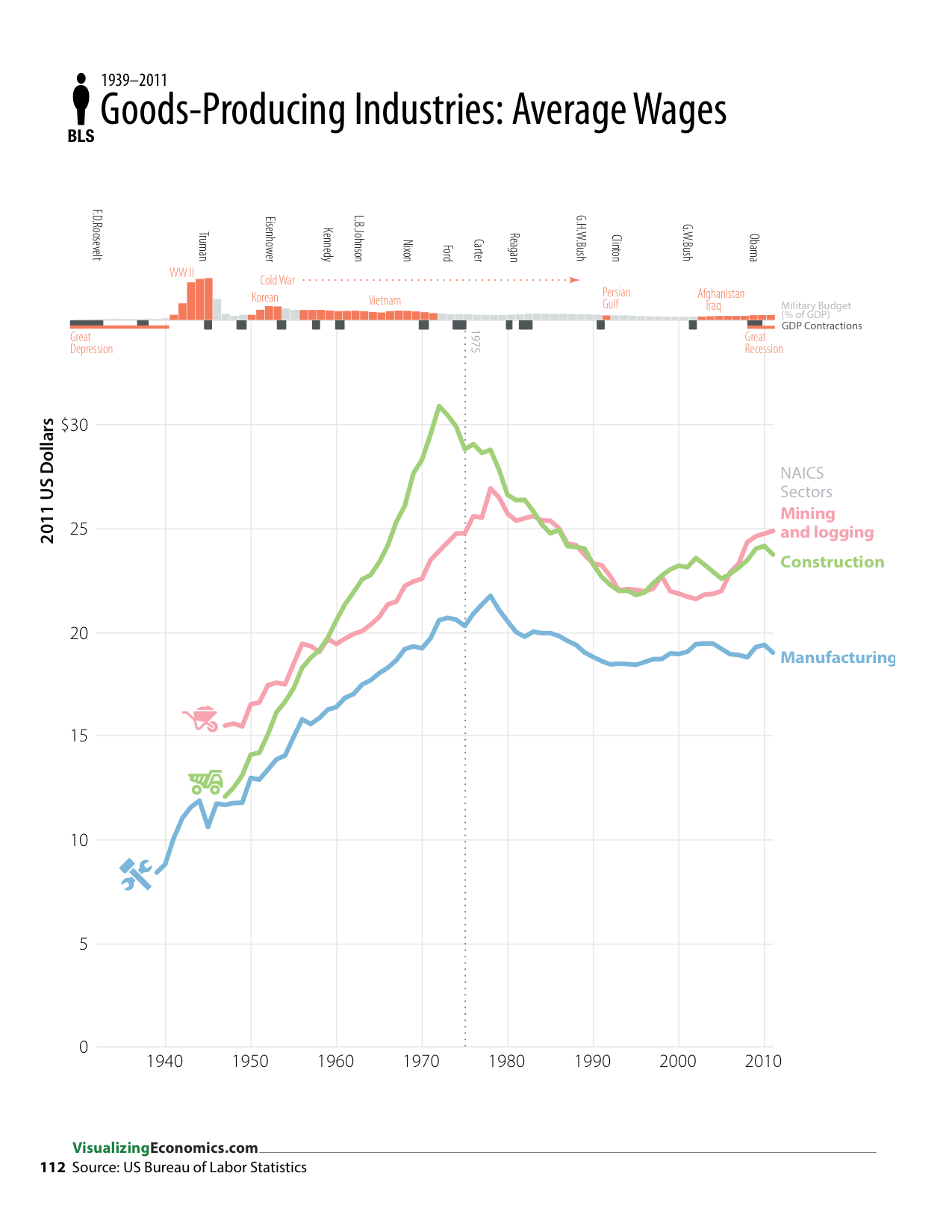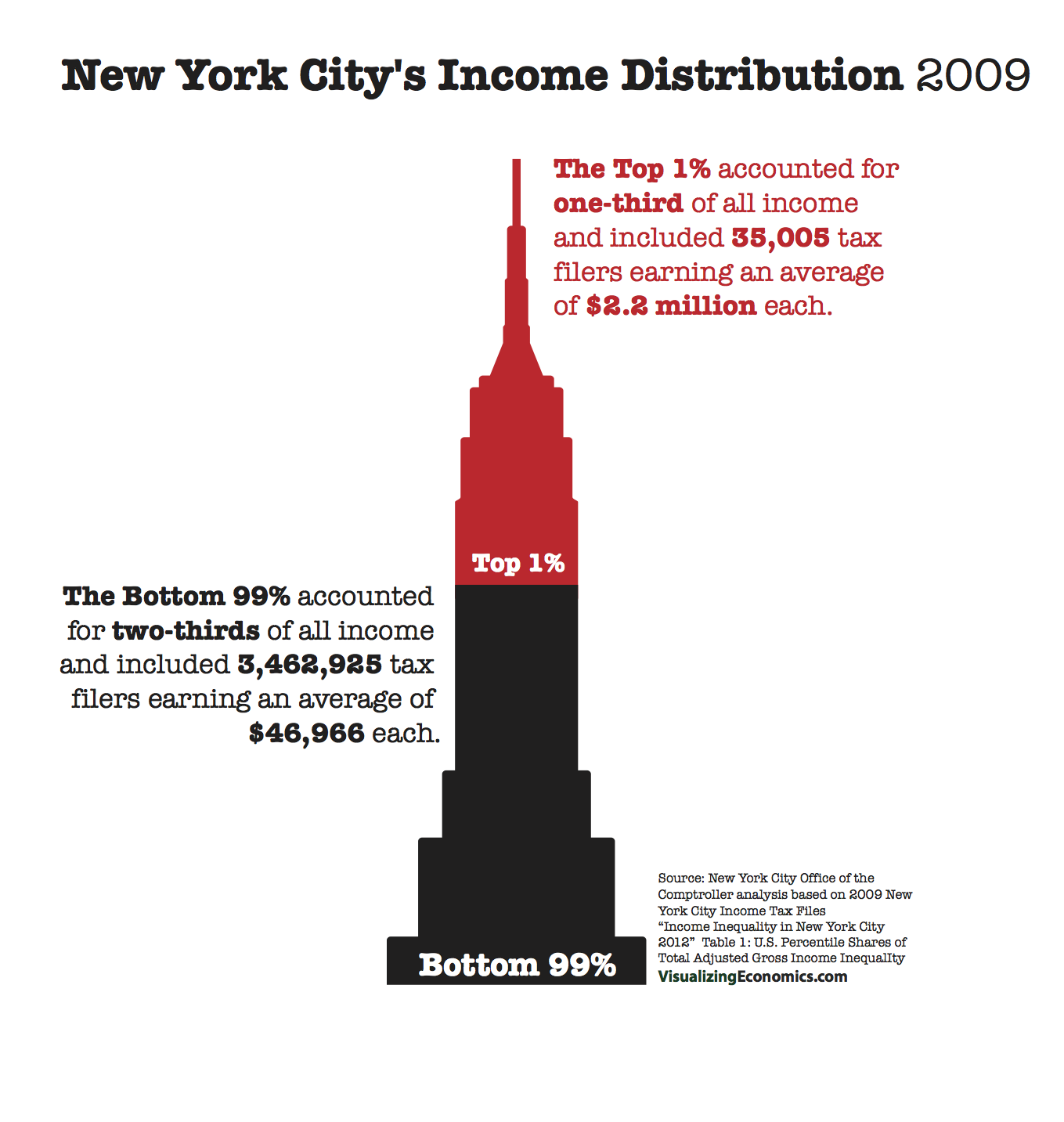One of the most popular maps I have on my site I got from a site called Social Explorer. It is about the 2000 poverty rates across the US. For my Illustrated Guide to Income in the United States, I created an new map using data through 2010 and a "divergent" color scheme which sets the light gray midpoint at the national poverty rate of 14%. Red are counties with a higher rate of poverty than the national rate while blue counties have a lower rate.
I also looked at the households with more than $200,000 a year and mapped where they are clustered. (BTW, if you want to see the voting patterns of high-income counties and find out if the wealthy counties voted for Obama or Romney check out a map I created for Design & Geography).
Data is from the US Census Bureau, American Community Survey.








